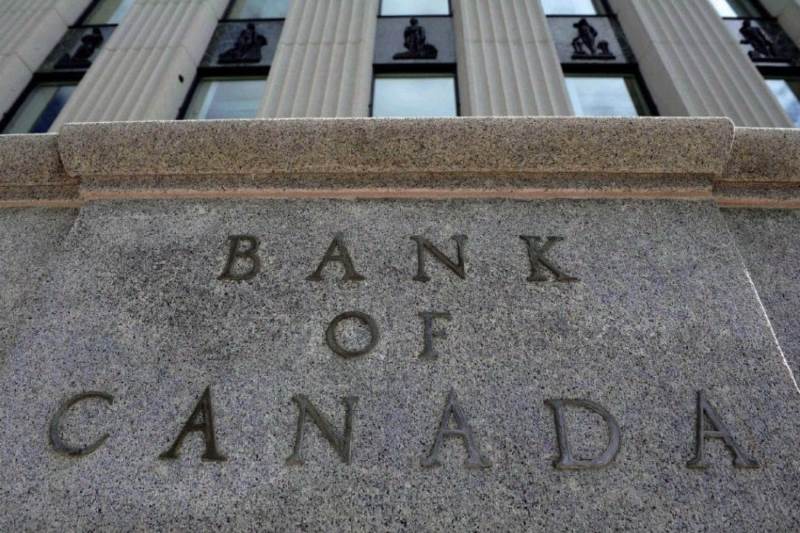Economy
Bank of Canada Deliberates Over Timing of Interest Rate Reductions
Bank of Canada officials debated whether to postpone reducing interest rates until July to ensure inflation is still on course to achieve the central bank’s 2% target. The bank’s six-member governing council considered delaying the rate cut for additional consumer price data to “gain further assurance” that it was the right time to start easing monetary policy.
June Decision: A Careful Choice
Ultimately, they decided to lower the policy rate to 4.75% at their June 5 meeting. They released a summary of these discussions Wednesday. Four consecutive months of declining core inflation showed “sufficient progress to justify a first cut in the policy rate.” Policymakers agreed it was “reasonable” to anticipate further rate cuts if inflation continued to decline. Bank of Canada Governor Tiff Macklem reflected this sentiment in his opening remarks to reporters at the June meeting.
The decision to lower rates reflects cautious optimism amid improving economic conditions and declining inflation, according to Barron’s Print Edition.

Trump Tax Reductions Conclude Next Year. Investors, Take Note
including the impact of Trump policies. Investors continue to display confidence in the market. This has propelled the S&P 500 index to its…
Gradual Approach to Monetary Policy Easing
Nevertheless, policymakers were concerned that inflation progress could stall as it did in the US, and agreed that monetary policy easing would “likely be gradual” and contingent on incoming data. Officials emphasized in their communications that they would “make future monetary policy decisions one meeting at a time.”
Considering Divergence from US Policy
The governing council also discussed Canada’s interest rate trajectory potentially differing from the US. They noted that varying policy outlooks could influence the exchange rate. Members acknowledged “likely limits” to divergence between the countries. However, they agreed “the limits were not close to being reached.”
Data-Driven Decision Making
The discussions confirm policymakers believe there is sufficient evidence to begin lowering borrowing costs from restrictive levels. Their deliberations about divergence and a potential delay until July underscore the bank’s reliance on data. Future cuts will require continued disinflation momentum.
Subscribe to our Digital News Duo Package today with The Washington Post and The New York Times. Join a community of informed individuals, navigate evolving news, and uncover profound insights for a journey of discovery and empowerment.

